Frequently Asked Questions
1. What is knife making?
2. What distinguishes custom pocket knives from mass-produced ones?
3. What materials are commonly used in customizing pocket knives?
4. How does the crafting process of a custom pocket knife work?
5. What is the impact of technology on the knife making process?
Knife making is an age-old craft that combines artistry, skill, and functionality. It is a meticulous process that transforms raw materials into stunning, practical tools. For enthusiasts and collectors alike, custom pocket knives have become highly sought after. This blog delves into the artistry behind custom knives, exploring the process, materials, and unique craftsmanship that differentiate these blades from the mass-produced variety.
The History of Knife Making
The roots of knife making can be traced back to ancient civilizations where knives were essential tools for survival. Early knives were crafted from stone, bone, and eventually metal. Over the centuries, as techniques evolved, so too did the designs, leading to specialized forms like pocket knives. Today, knife making is not only a skill but an art form, producing functional pieces that are also aesthetically pleasing.
Understanding Pocket Knives
When we talk about custom knives, pocket knives hold a special place. These versatile tools are designed to be compact and portable, making them perfect for everyday carry (EDC) use. Custom pocket knives have distinct features:
- Durable Materials: Typically made from high-quality steel, ensuring longevity and sharpness.
- Unique Designs: Crafted with individual artistry that reflects the maker's style and vision.
- Functionality: Ergonomically designed for ease of use in various tasks.
The Knife Making Process
The journey of creating a custom pocket knife is extensive and requires careful planning and execution. Here’s an overview of the primary steps involved in this intricate craft:
Designing the Knife
Every knife begins with an idea. Before the first cut is made, knife makers draw up blueprints or sketches. This is where the functionality, aesthetics, and ergonomics are carefully considered. Factors like blade shape, handle material, and locking mechanism are all thought through during this stage.
Selecting Materials
The choice of materials significantly impacts the performance and appearance of the finished product. Knife makers typically select:
- Blade Steel: Different types of steel offer varying qualities, such as hardness, rust resistance, and ease of sharpening. Common choices include stainless steel for its corrosion resistance and high-carbon steel for its edge retention.
- Handle Materials: Custom knives can feature handles made from wood, synthetic materials, or metals. Each option provides a different look and tactile experience.
- Bolsters and Accessories: These details can elevate a knife's aesthetic, offering a refined finish to the overall design.
Crafting the Blade
Once the design and materials are finalized, the actual crafting begins. The blade is typically shaped from a steel bar, which involves a series of steps:
Forging
Many knife makers prefer to forge their blades. This process involves heating the steel to a pliable condition and then shaping it with hammers or presses. This method can enhance the steel's properties, leading to stronger and more resilient blades.
Heat Treatment
After forging, the blade undergoes heat treatment to improve its hardness and durability. This involves heating the blade to a specific temperature and then cooling it rapidly, often in oil or water. The final hardness depends on the temperature and the type of steel used.
Grinding and Finishing
Next, the blade is ground to its desired shape. This step requires skill and precision, ensuring that the blade tapers correctly and the edge is sharpened to perfection. Finishing touches, like polishing and etching, are applied to enhance the visual appeal.
Crafting the Handle
The handle is equally important as it affects how a knife feels in hand. The crafting process usually includes:
Shaping the Handle
Using tools, themaker shapes the handle from the selected material. This includes cutting, sanding, and sometimes carving intricate designs to give personality to the knife.
Attachment and Finishing
Once shaped, the handle must be securely attached to the blade. This may involve using pins or screws, depending on the design. After attachment, the handle is finished, typically by sanding and treating it with oils or coatings to improve appearance and increase durability.
Personalization and Customization
One of the most appealing aspects of custom pocket knives is the potential for personalization. Many makers provide options for customers to choose specific features, such as:
- Custom Engravings: Names, logos, or unique designs can be engraved onto the blade or handle for a personal touch.
- Handle Filings: Textures and patterns can be added to the handle for better grip and distinct aesthetics.
- Blade Shapes: Different styles like drop points, tanto points, or even specialized designs for specific purposes can be requested.
Sustainability in Knife Making
As with many crafts, sustainability is becoming increasingly important in knife making. Many artisans are sourcing materials responsibly and using techniques that minimize waste. Additionally, the focus on quality means these knives are built to last, reducing the need for frequent replacements.
The Impact of Technology on Knife Making
While traditional methods remain at the heart of the craft, modern technology also plays a crucial role in revolutionizing knife making:
CNC Machines
Computer Numerical Control (CNC) machines allow for precision cutting, enhancing the detail and accuracy in designs. This technology can speed up certain processes while maintaining exceptional quality.
3D Printing
3D printing is beginning to make waves in the custom knife market, allowing for intricate designs that were once difficult to achieve. This technology may pave the way for new materials and structures in knife making.
The Community of Knife Enthusiasts
The knife making community is vibrant and diverse, ranging from seasoned professionals to passionate hobbyists. Forums, social media groups, and local meet-ups create a space for knowledge sharing, support, and admiration of craftsmanship. Events such as knife shows allow makers to showcase their works and network with others in the industry.
The Future of Custom Pocket Knives
As we look ahead, it's clear that the appreciation for custom pocket knives continues to flourish. With ongoing advancements in materials and technology, combined with traditional skills, the future remains bright for knife makers. Each blade tells its own story, seamlessly blending history and innovation into a timeless tool.
Join the Knife Making Journey
The art of knife making isn't merely about creating a tool; it's about passion, dedication, and a commitment to quality. Whether you're a collector or simply appreciate finely crafted utensils, investing in custom pocket knives is a step towards owning a piece of art that serves a purpose. Discover the world of knife making and explore the exquisite craftsmanship that can make a blade truly unique. Are you ready to embrace this remarkable journey?


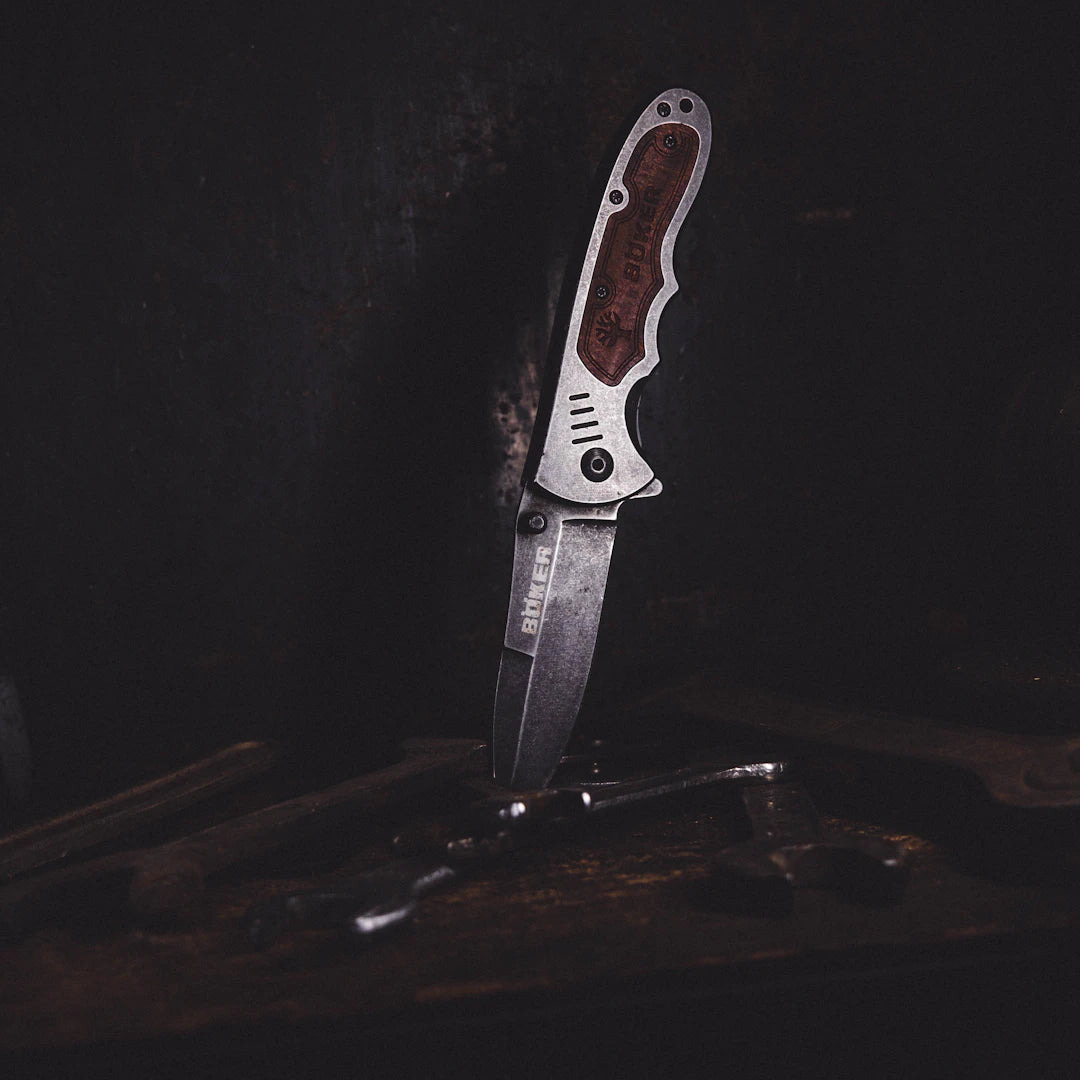
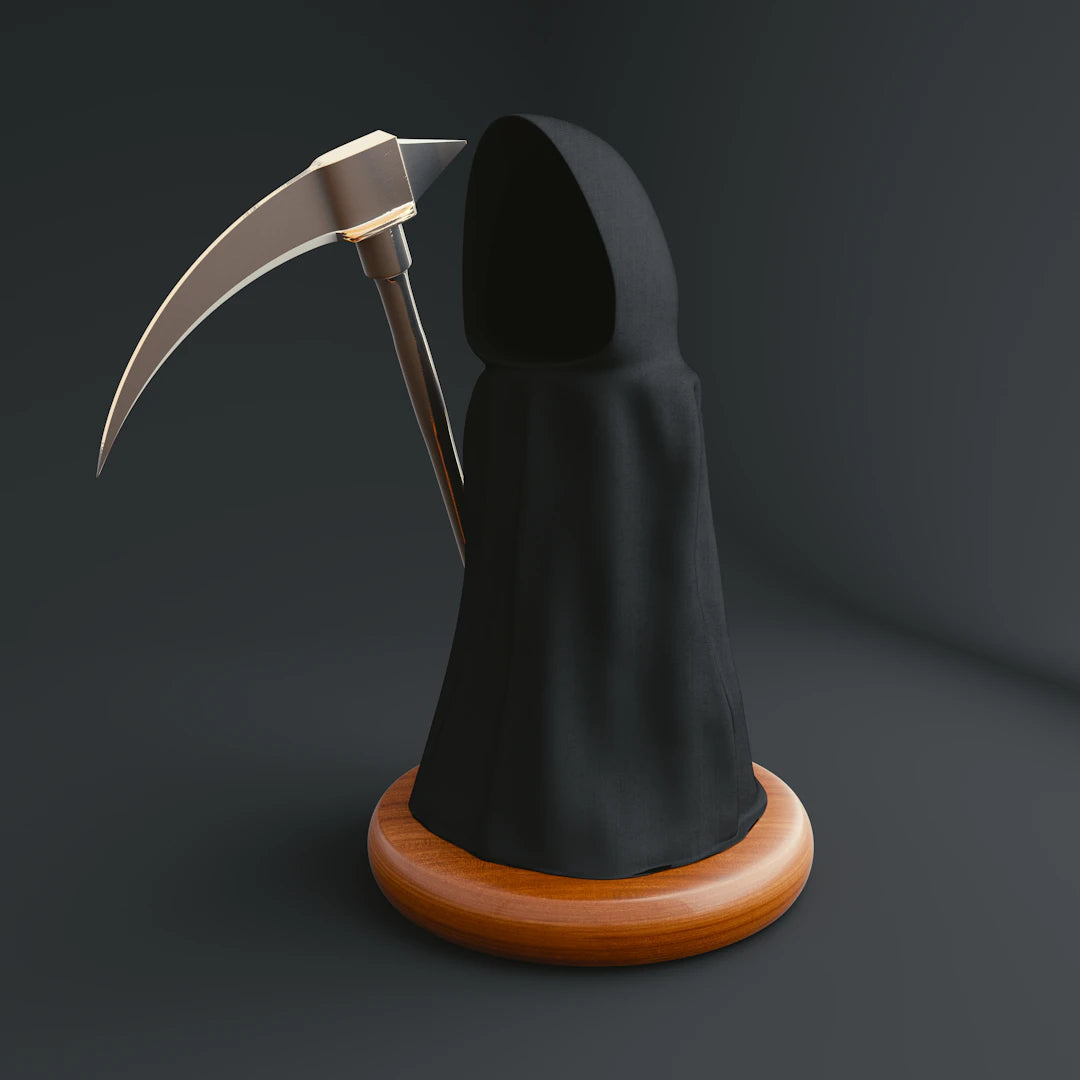
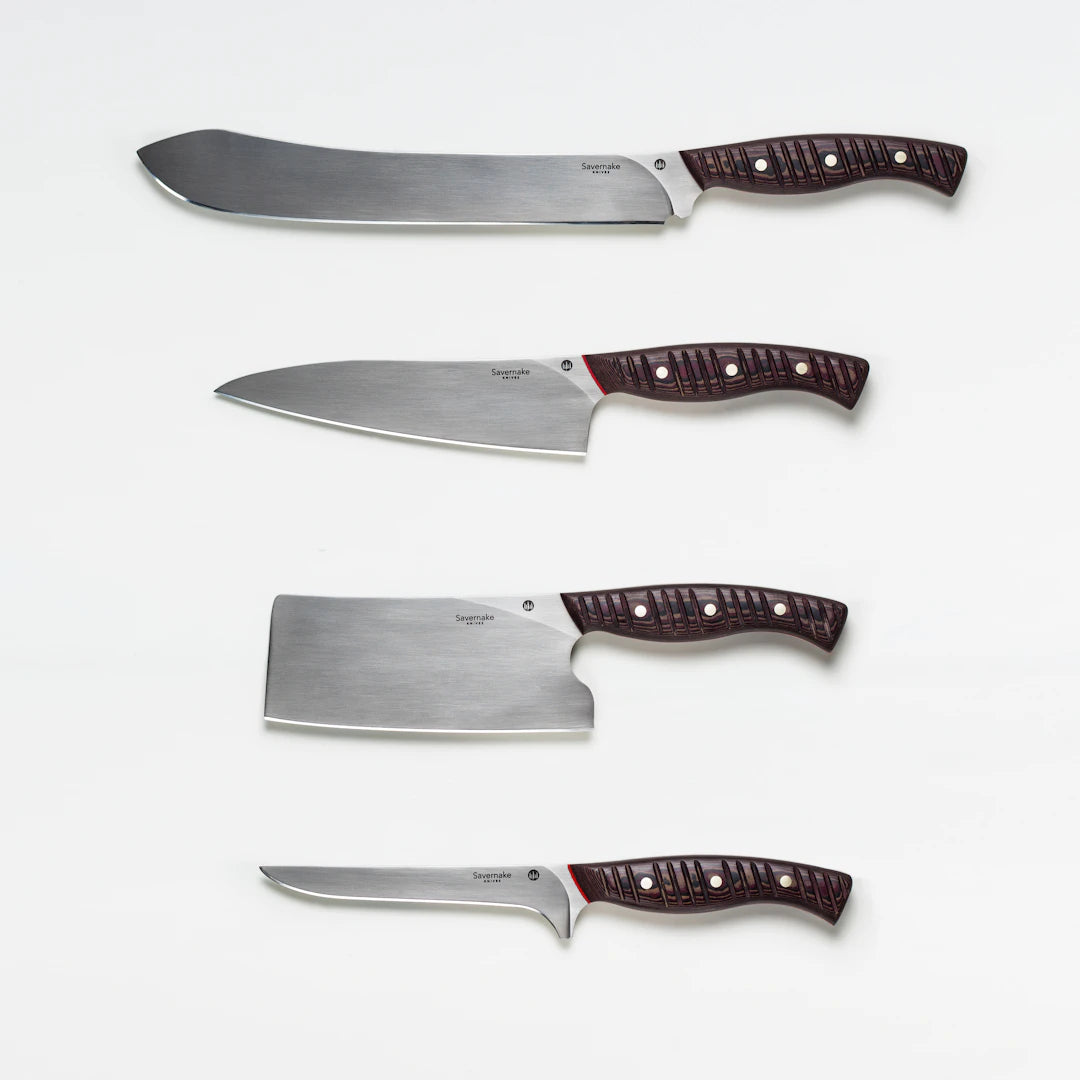
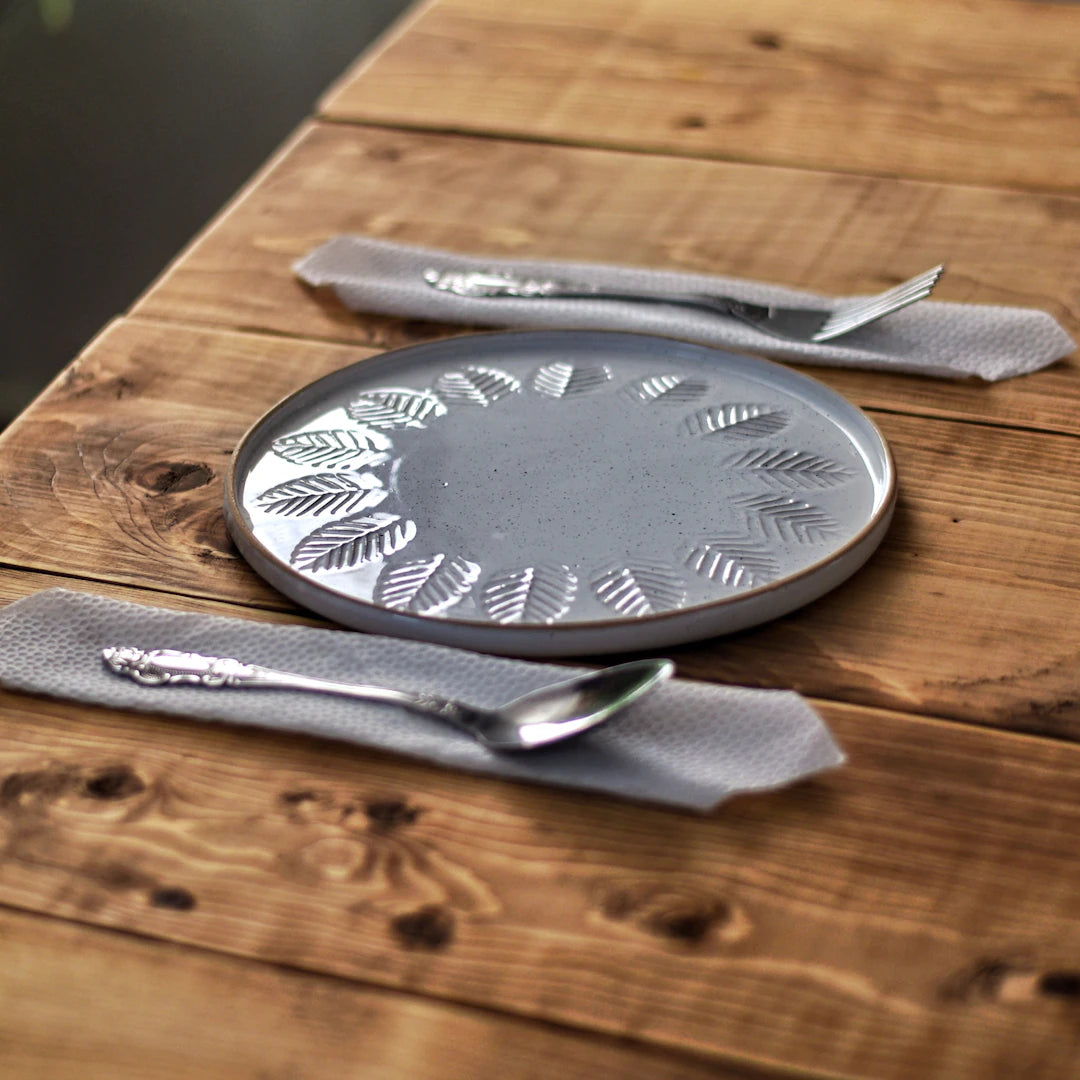

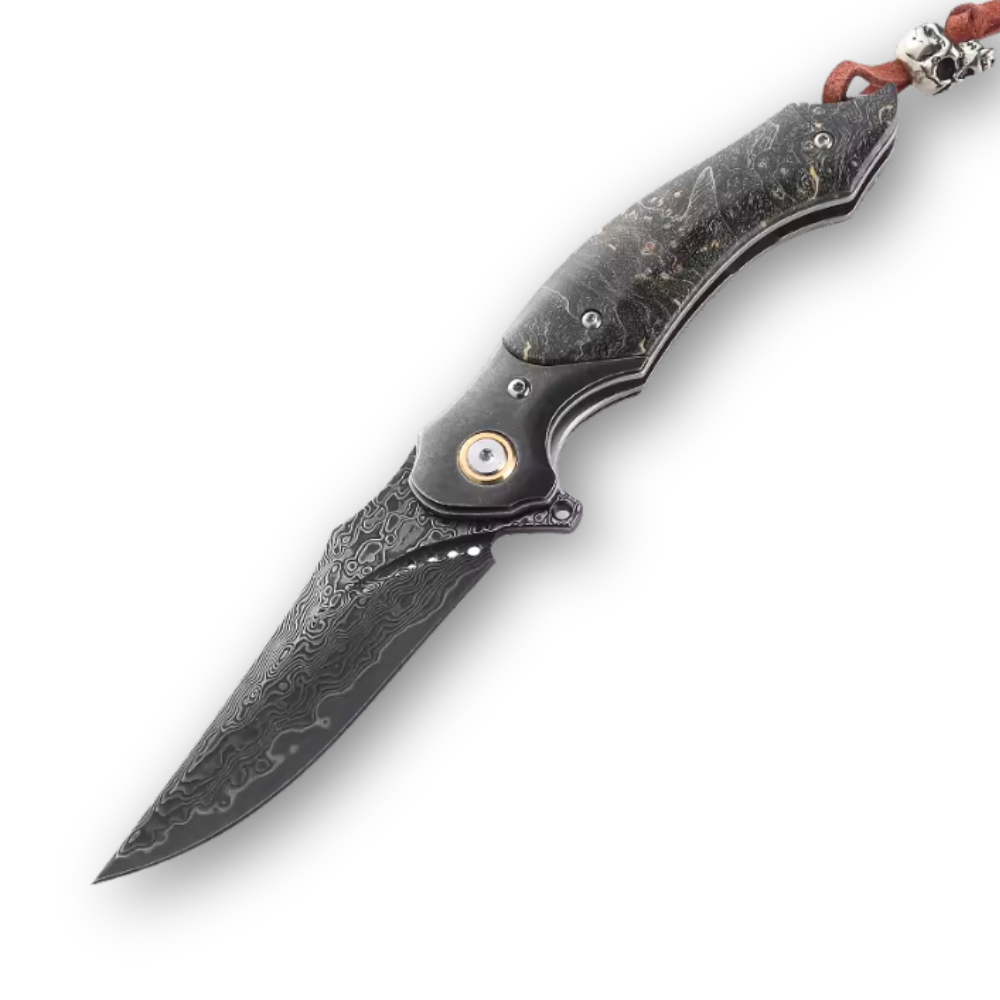
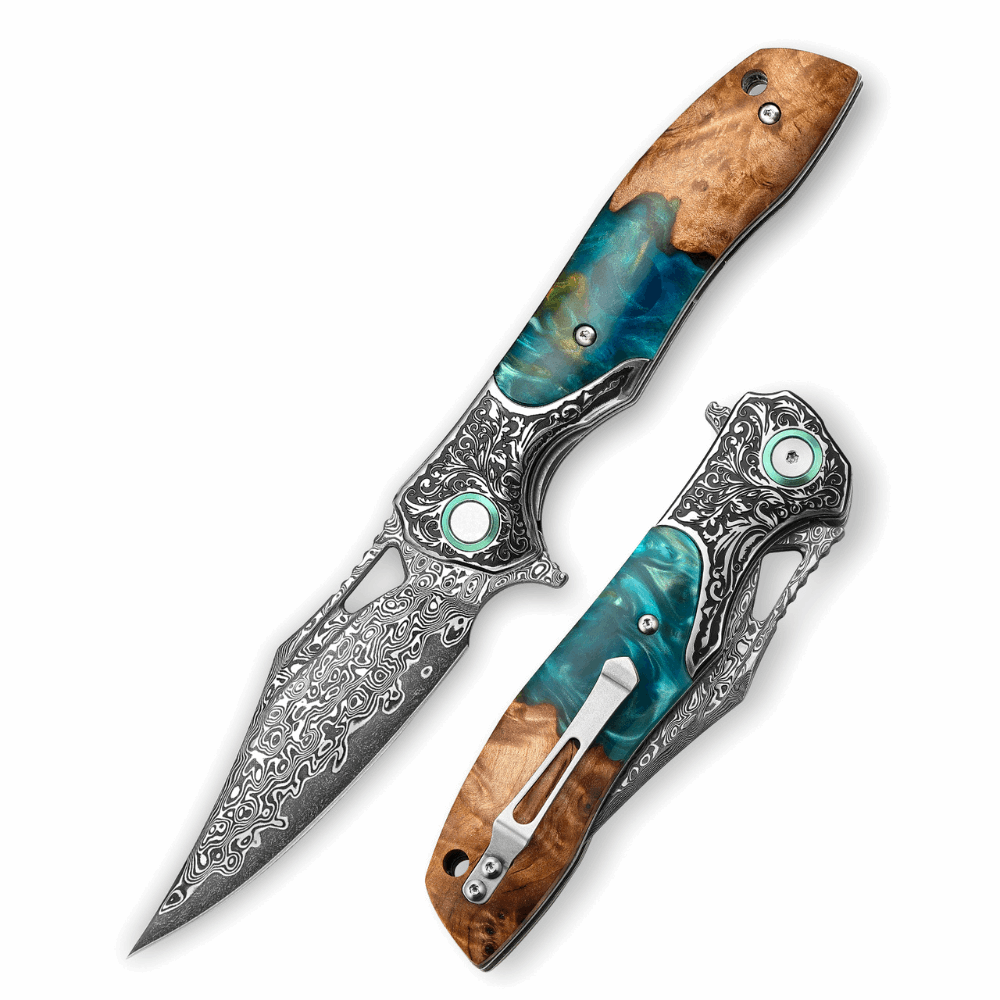
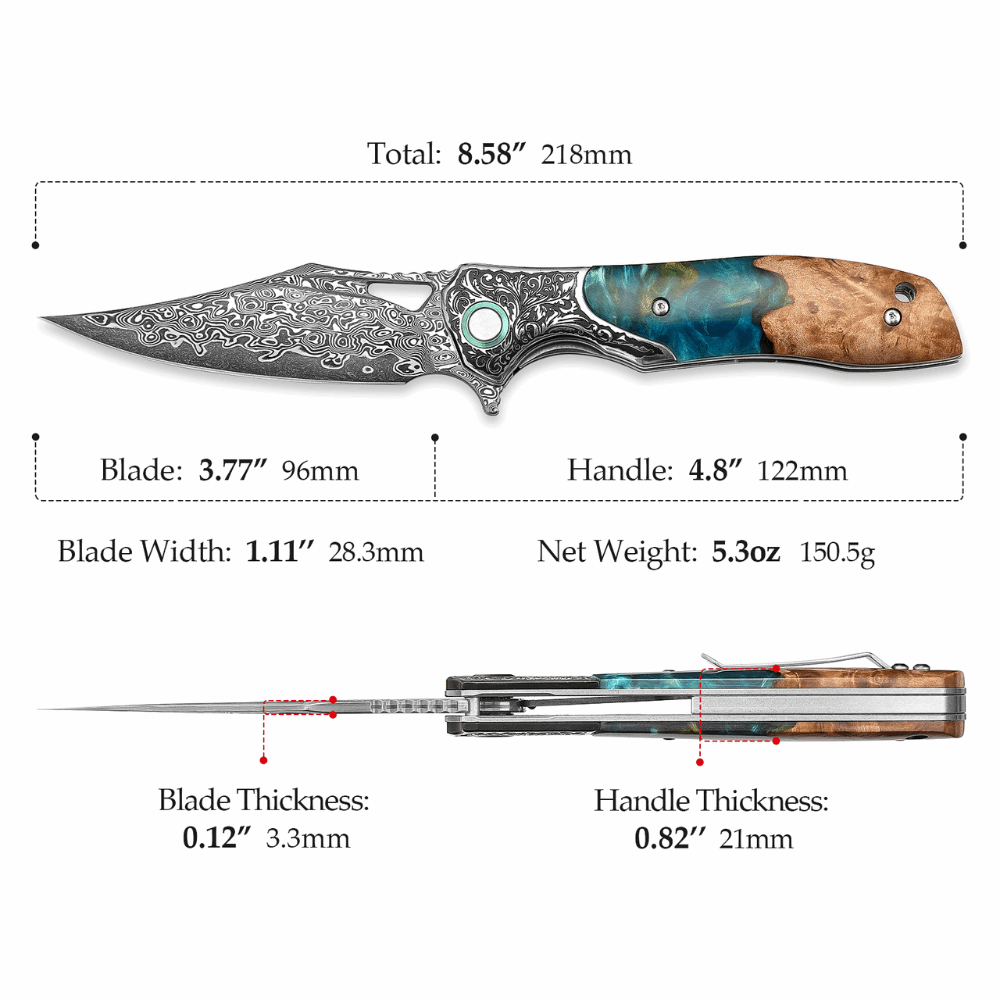
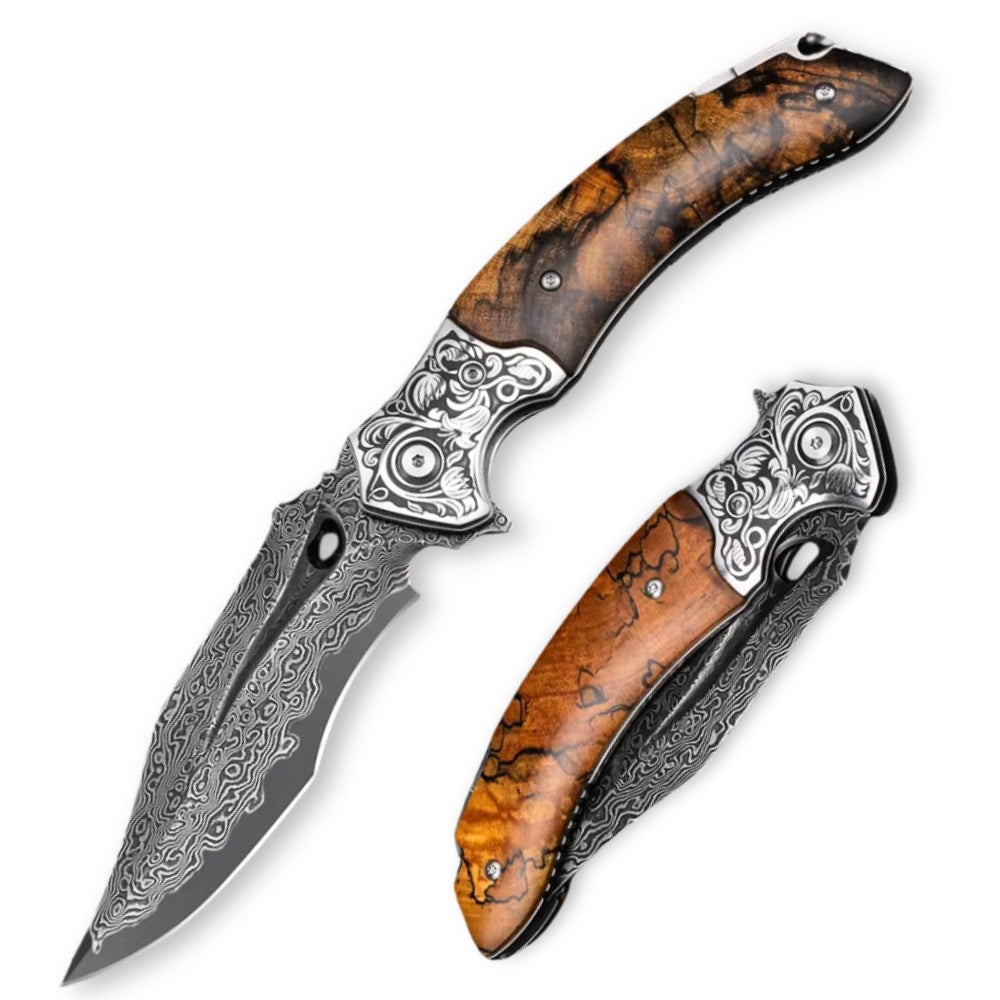
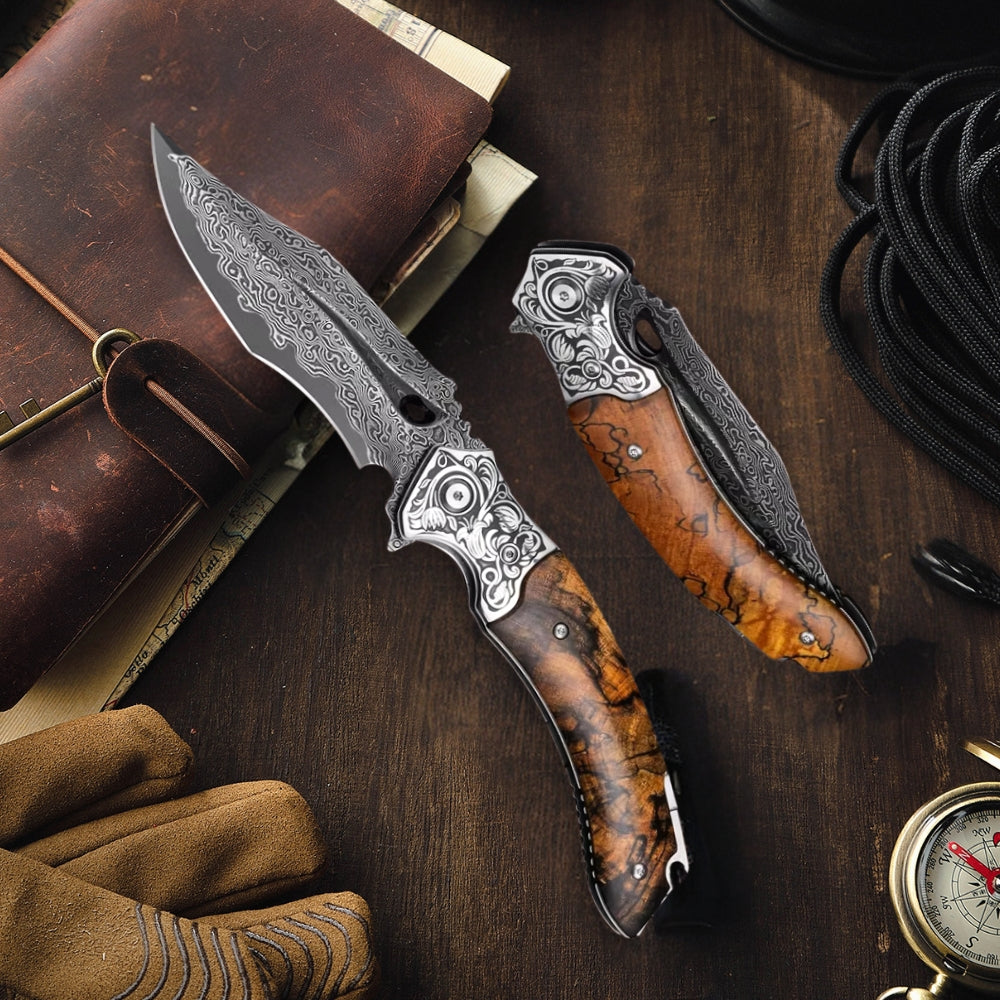
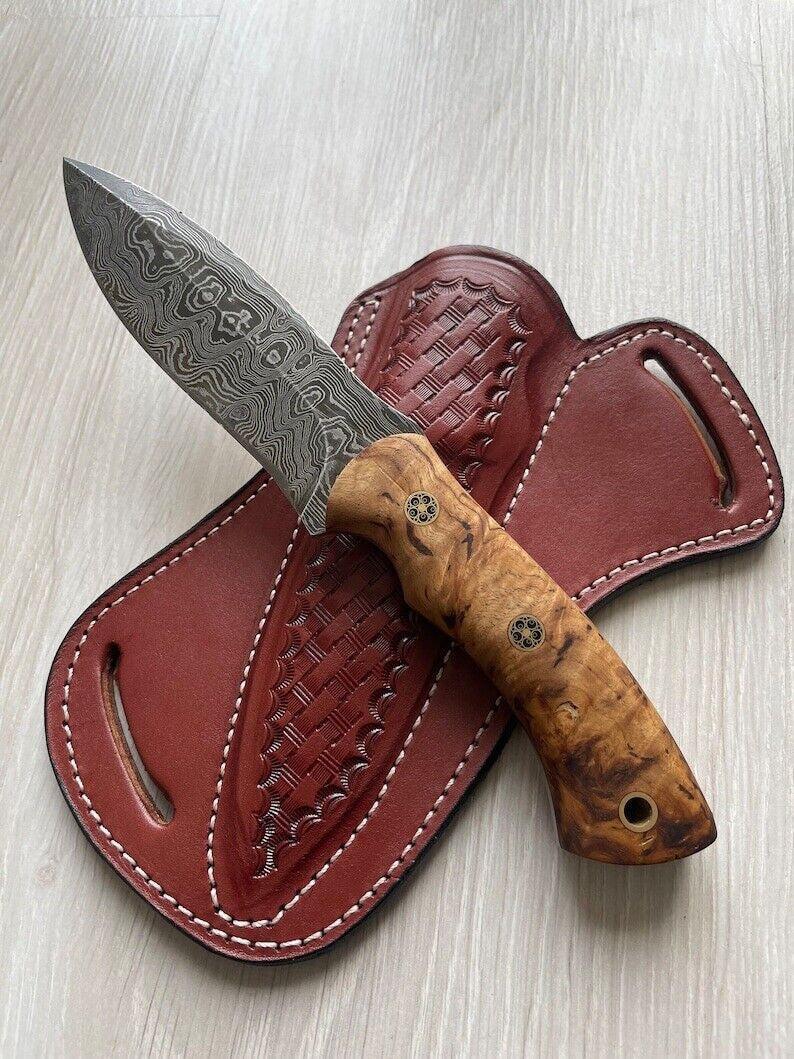
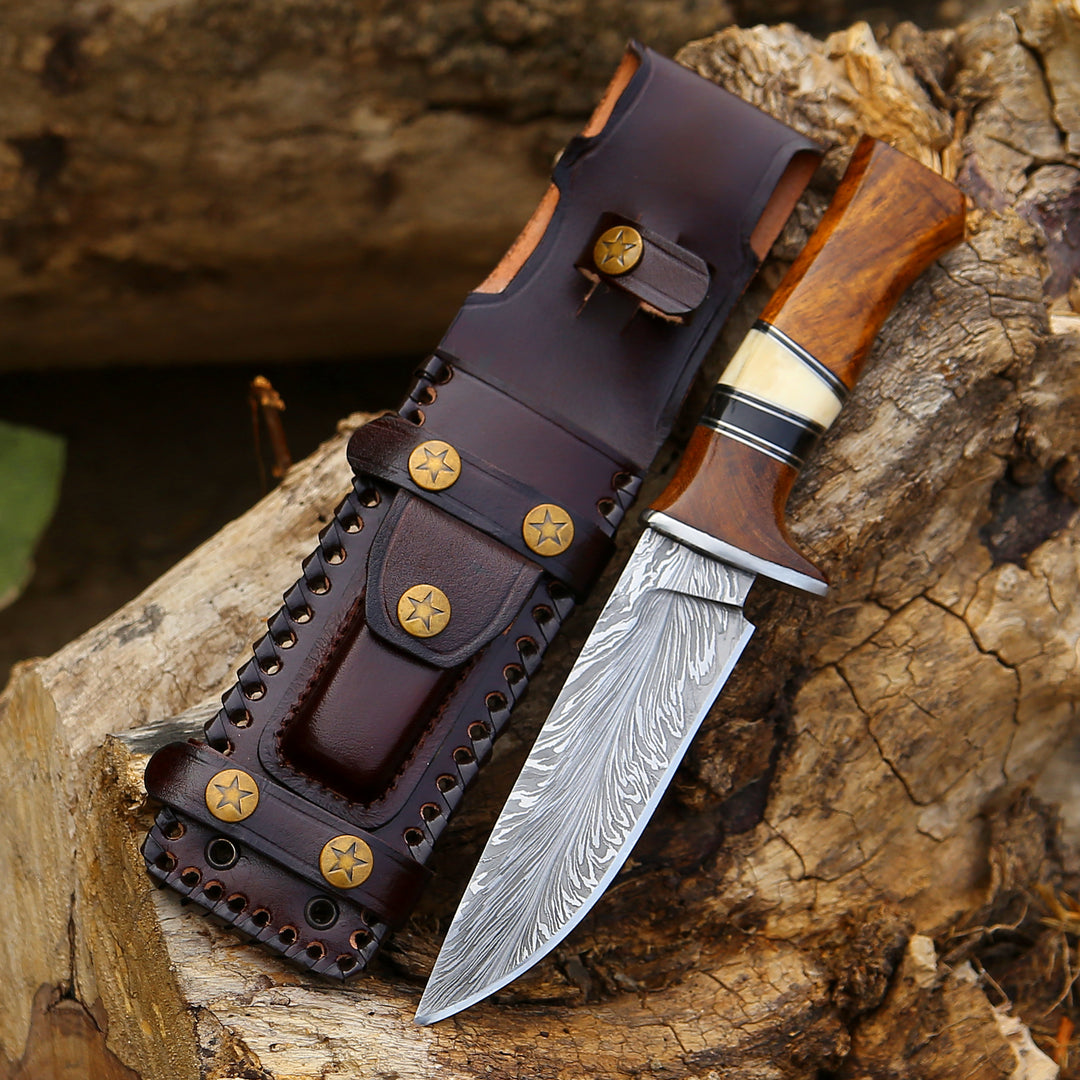
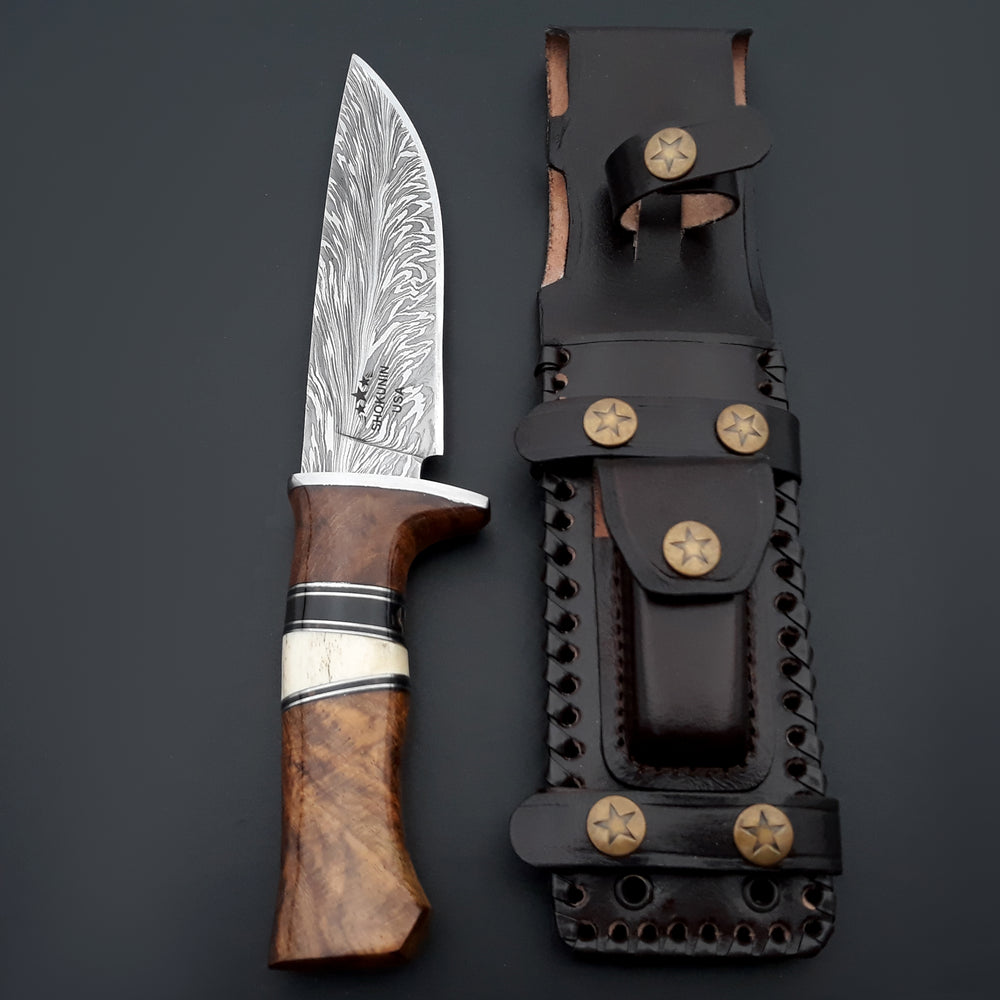
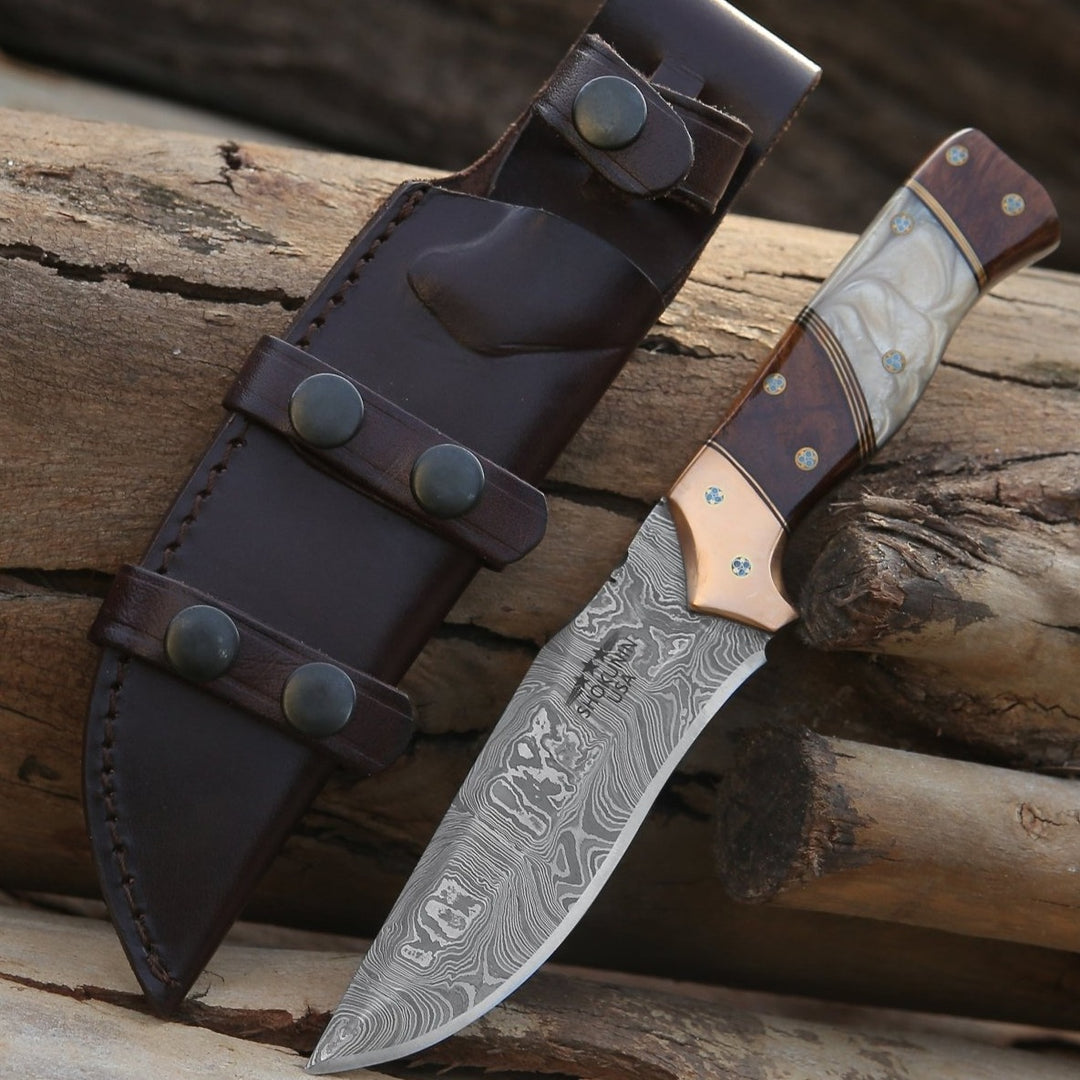
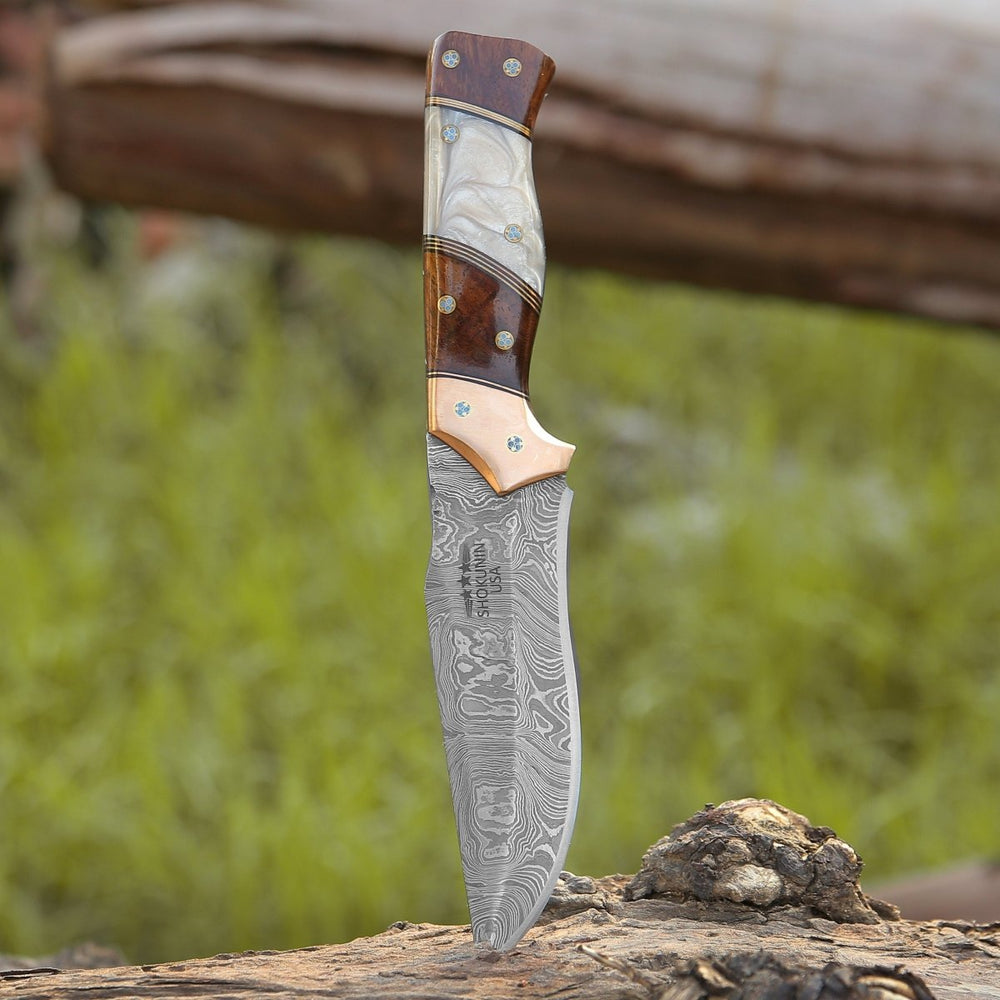
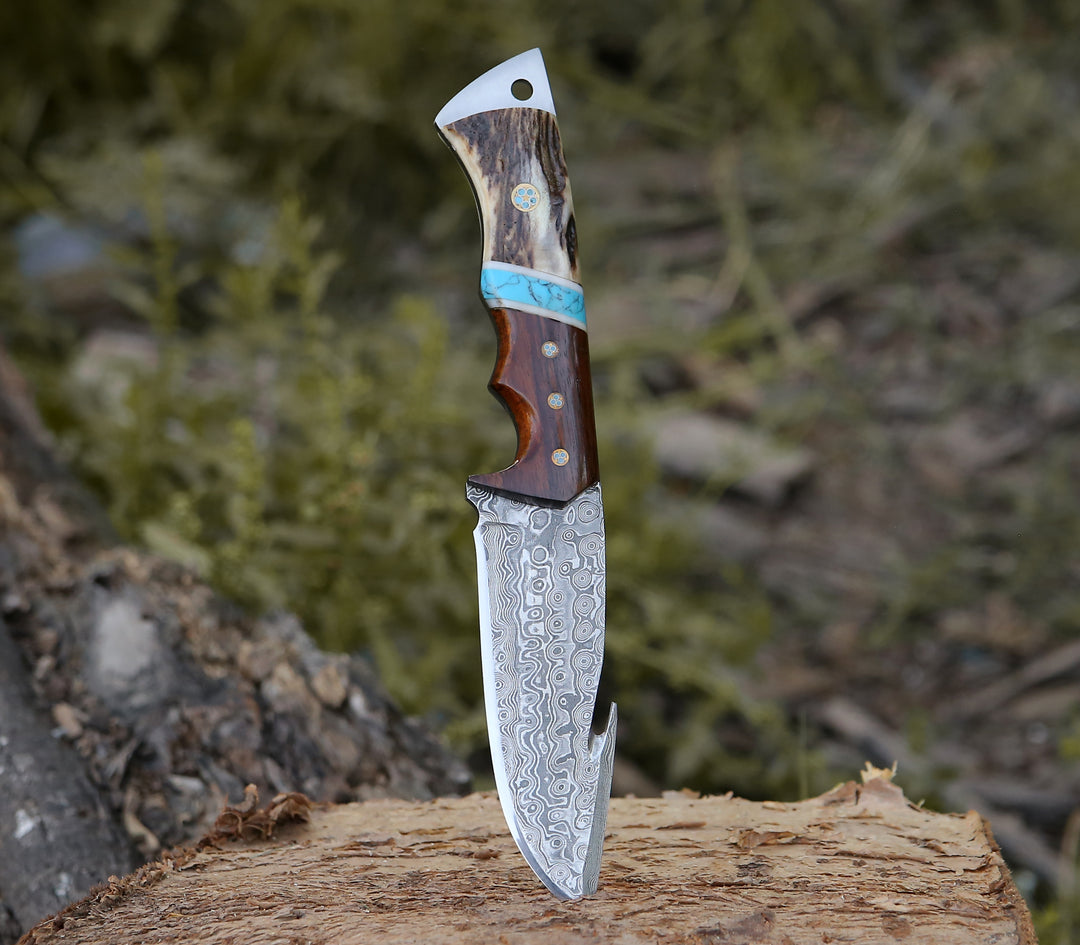
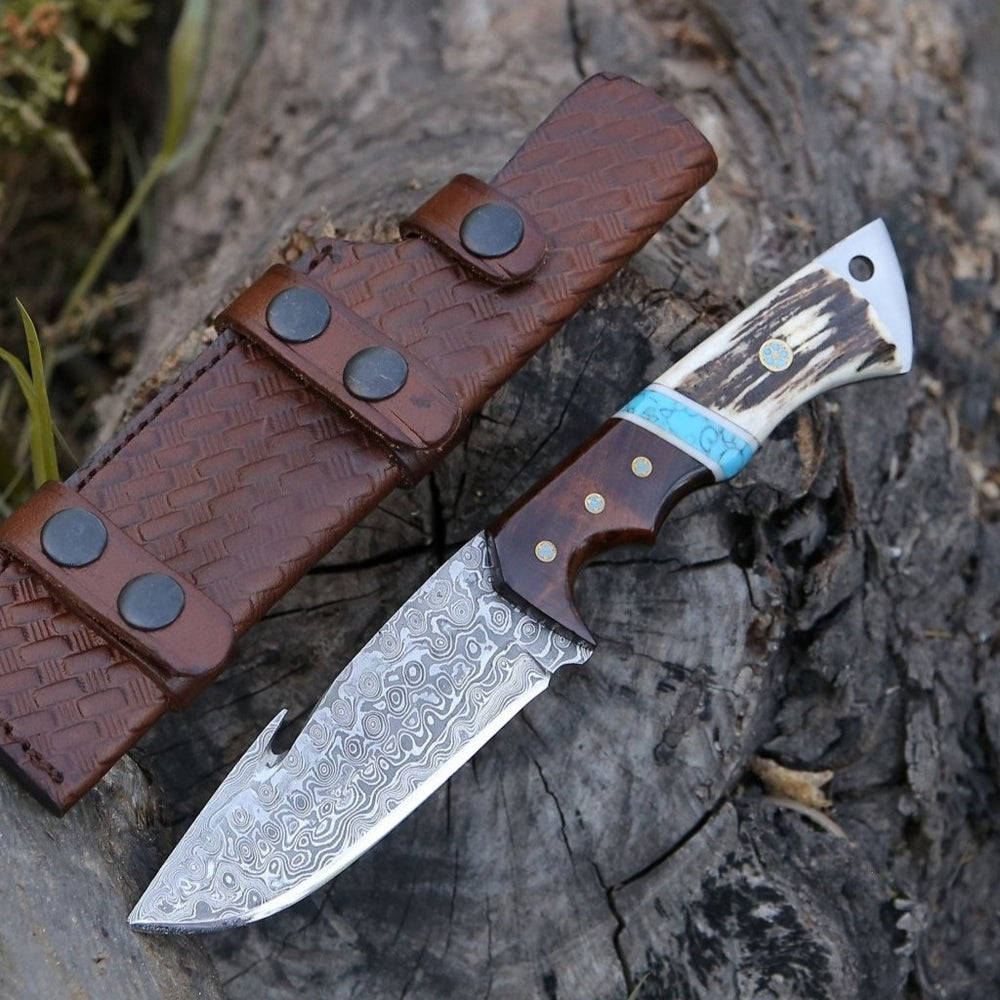
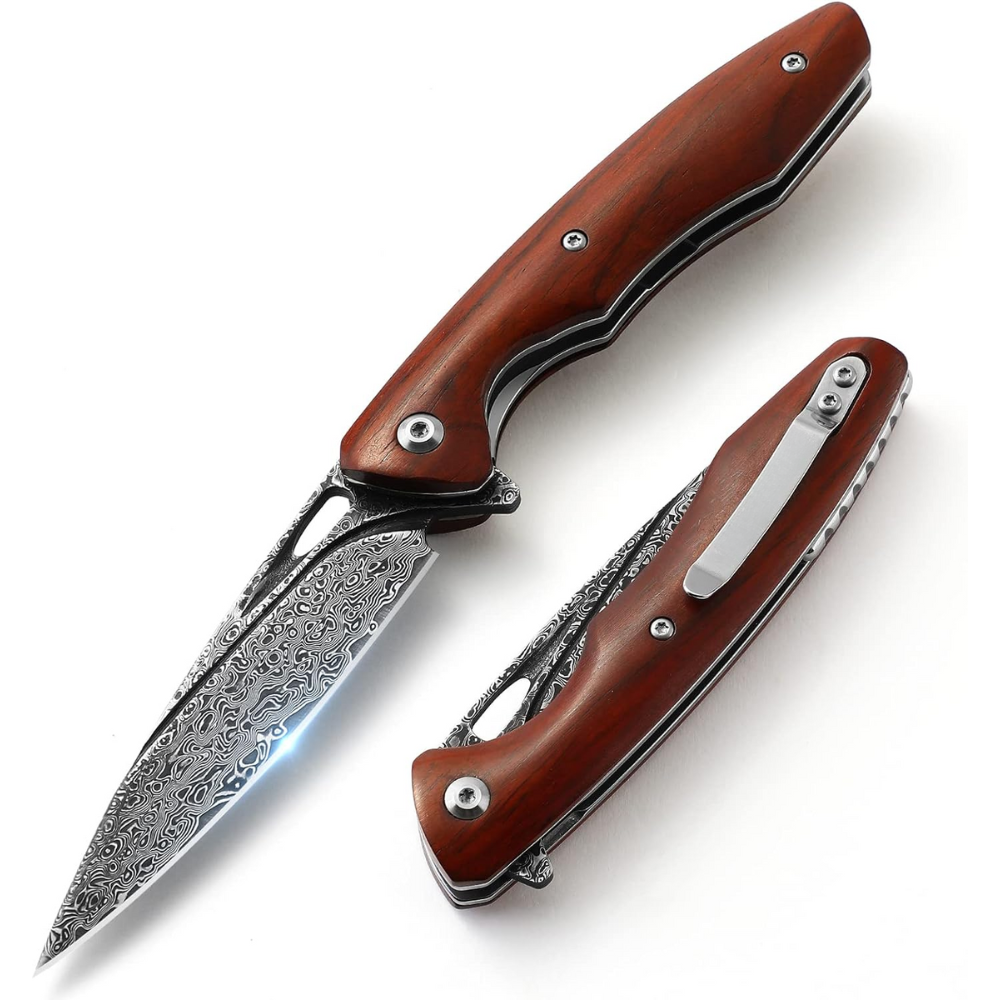

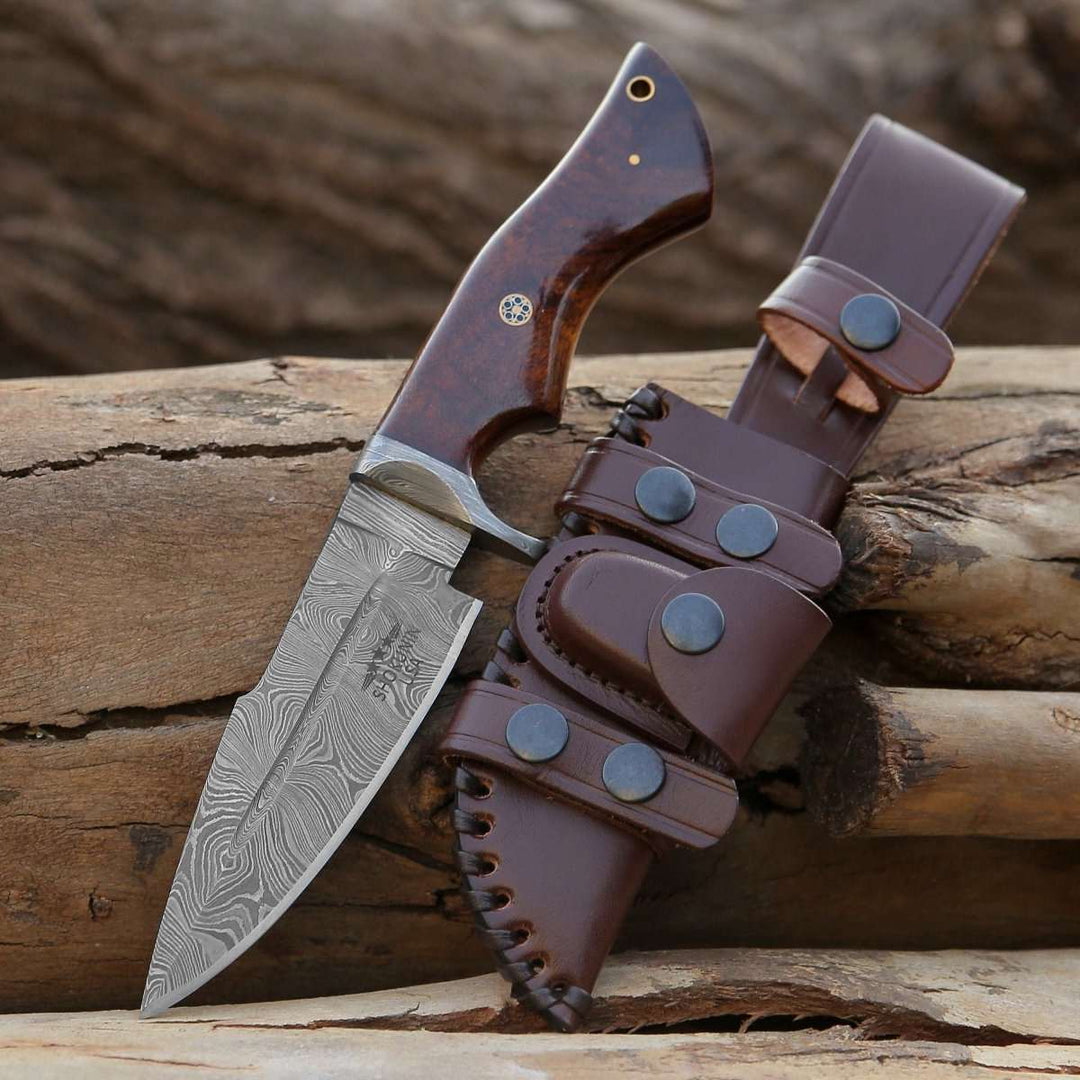
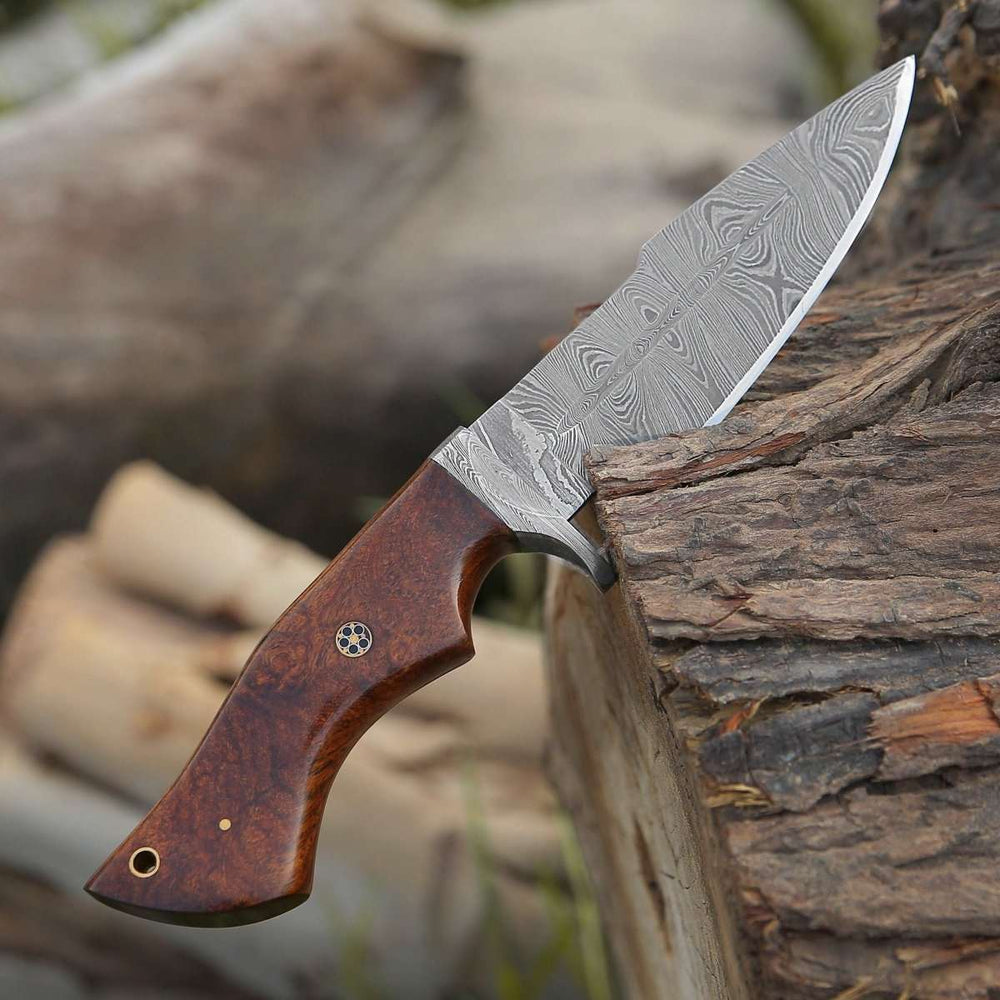
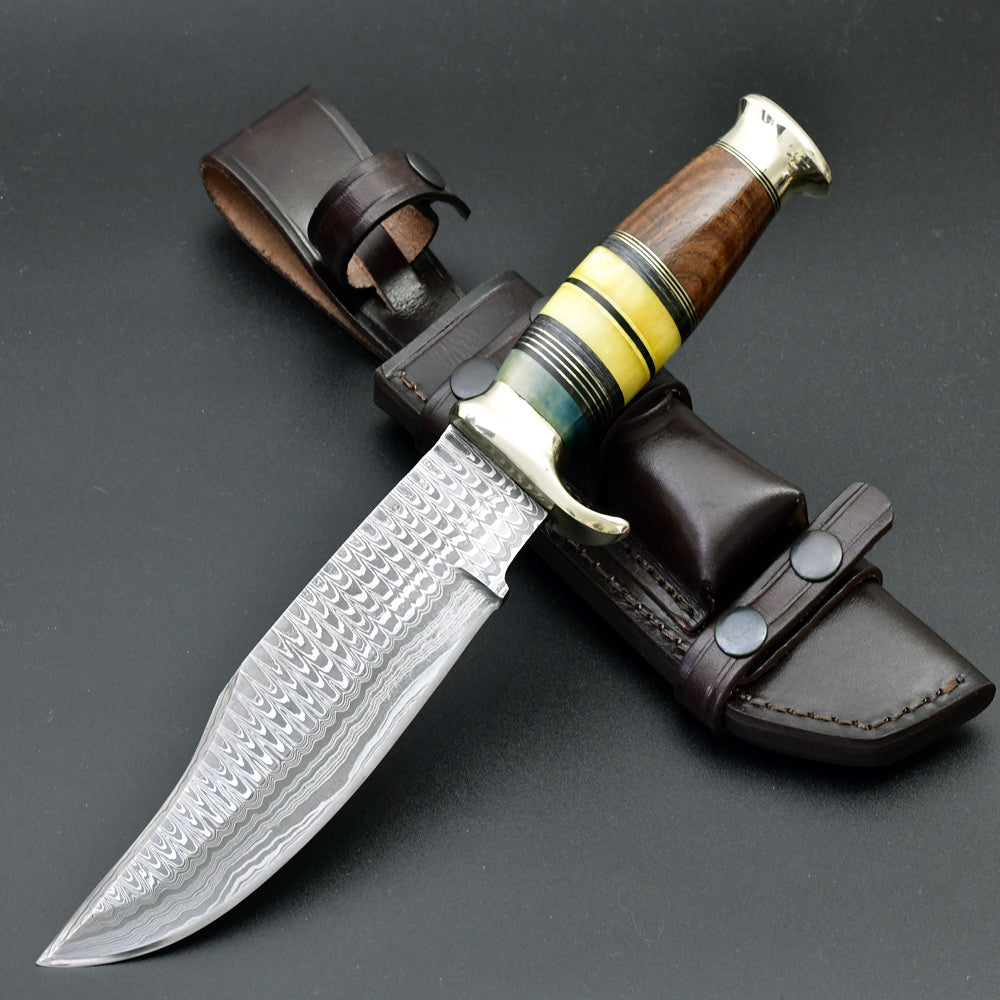
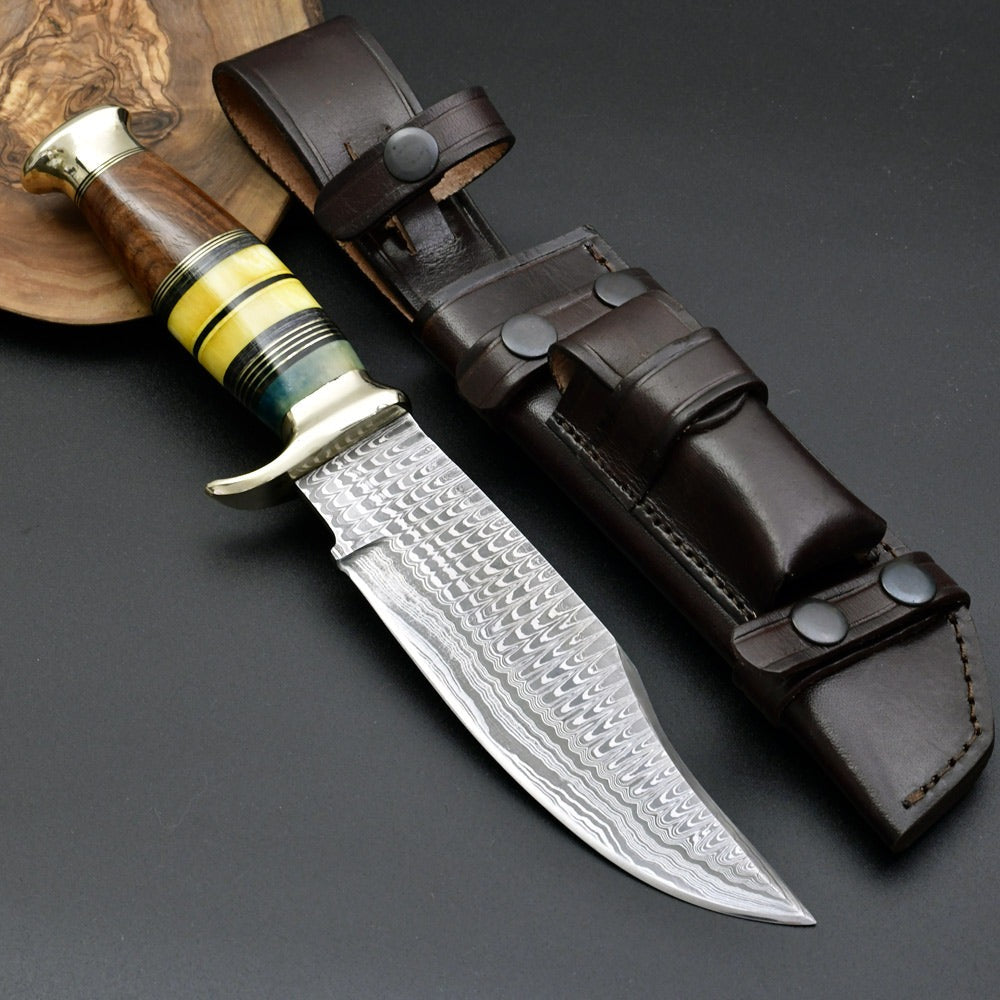
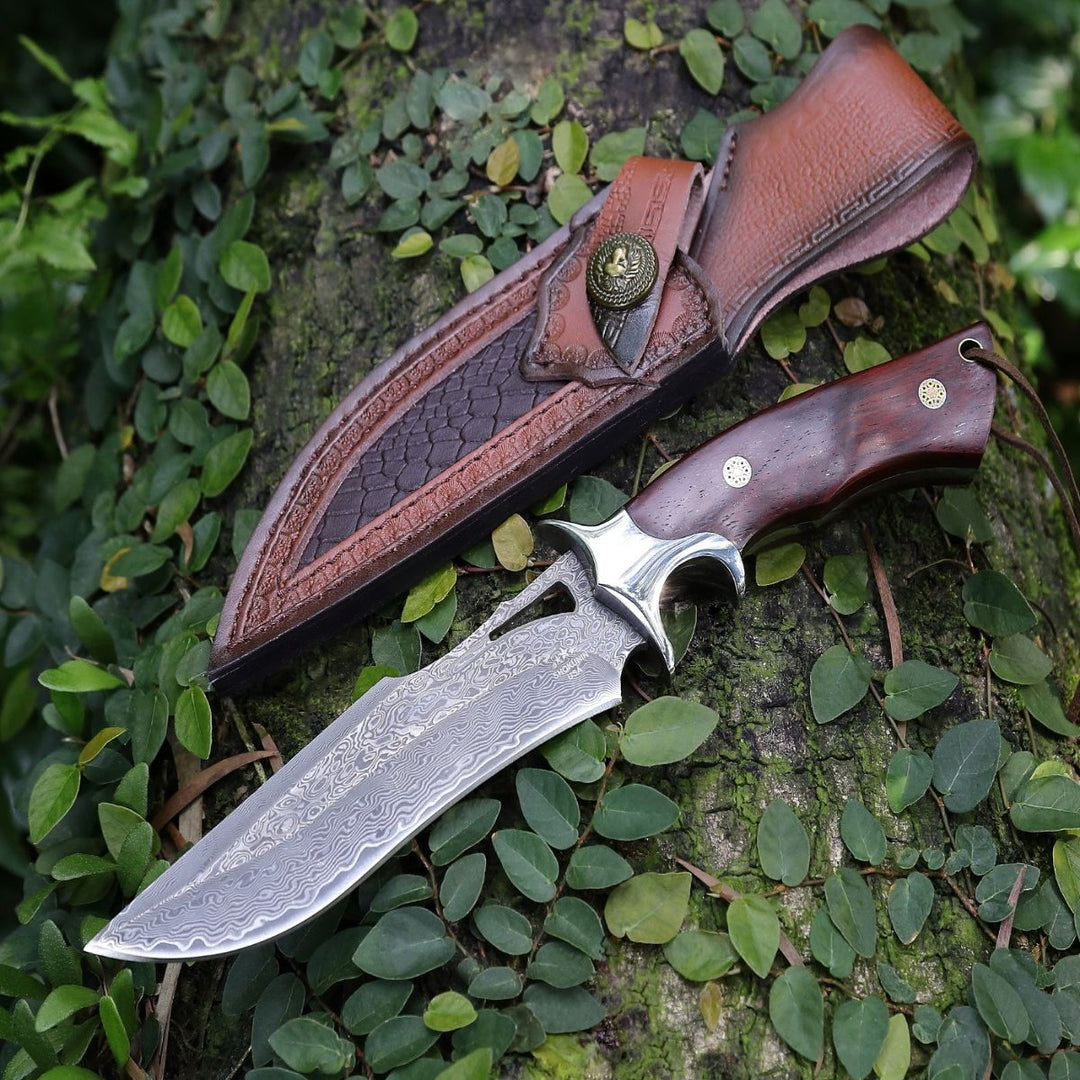
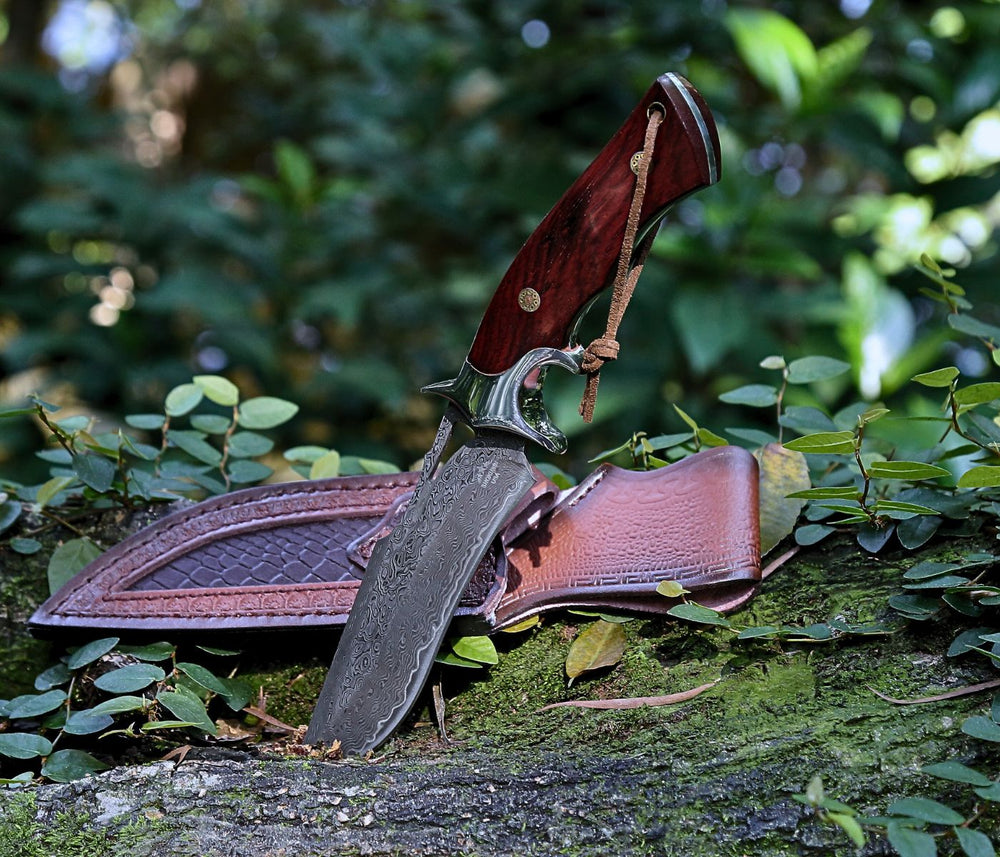
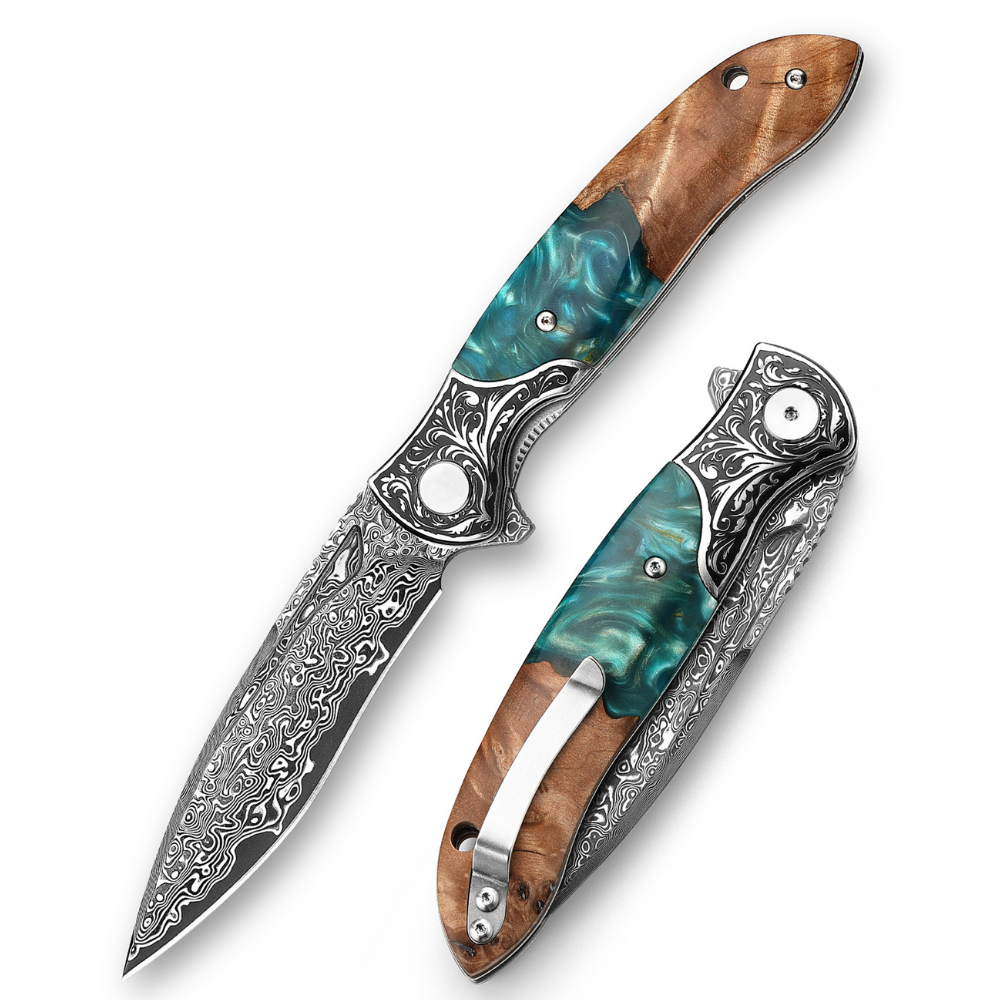
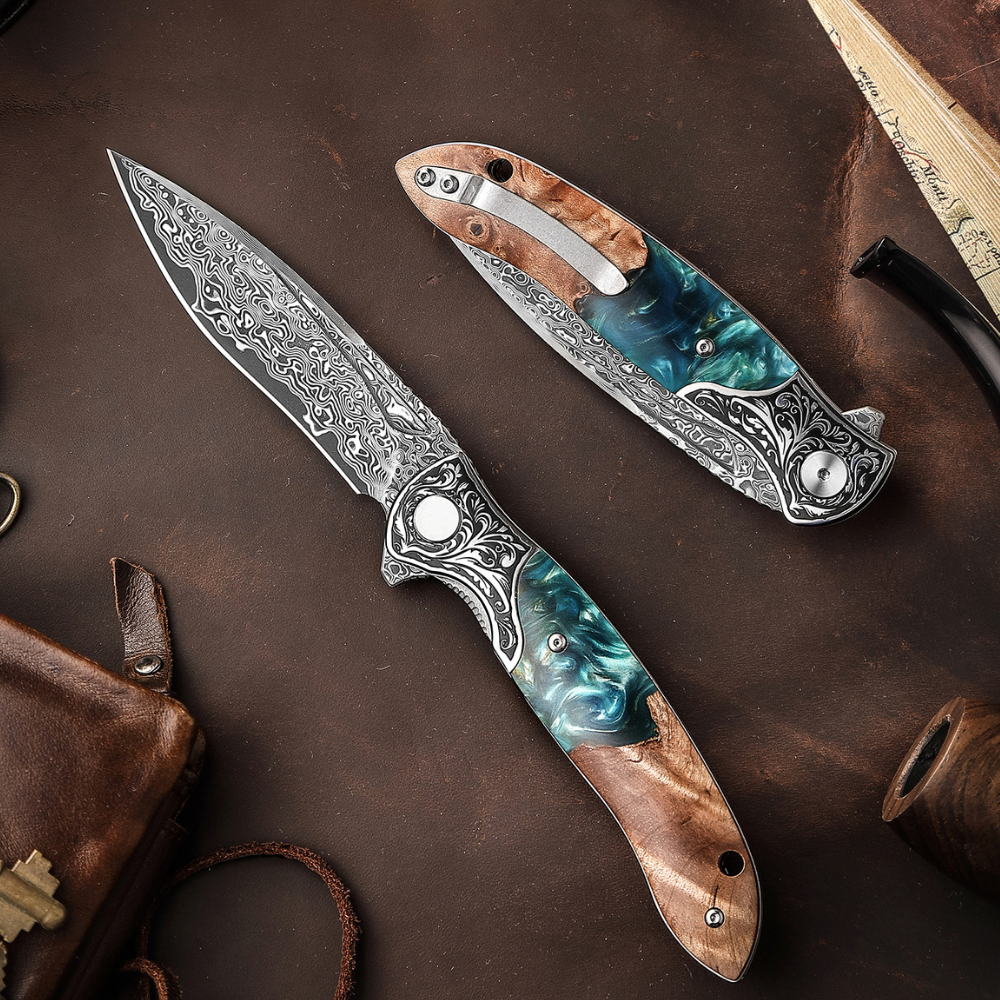
Leave a comment